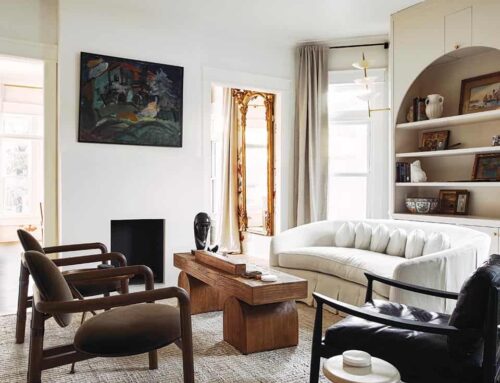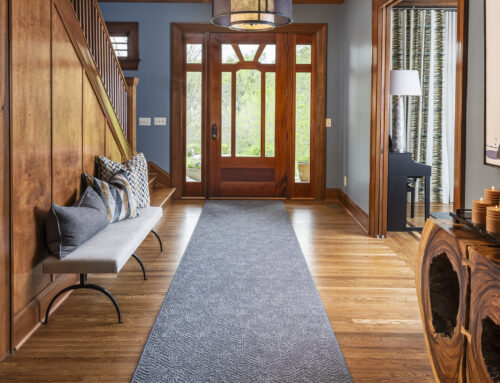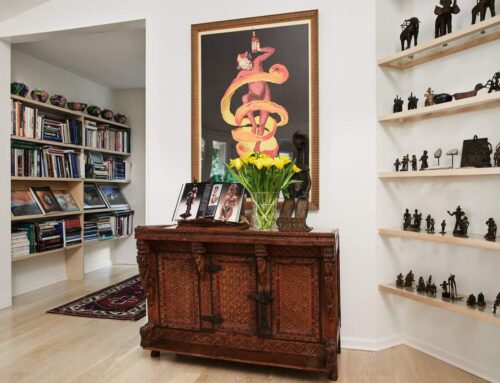Done correctly, curtains are both functional and beautiful They can help tie together various elements in a room and more practically, they help insulate your home which helps reduce your heating and cooling bills. Kip Merrit of The Curtain Exchange in Green Hills offers his 10 mistakes you want to avoid.
1. Never choose fabric from a swatch.
It isn’t large enough to really know if the fabric will work. Instead, look at a large panel. Curtain Exchange has 10” panels to make selection easier.
2. Don’t paint first.
Start with textiles to set the tone and pattern of the room since you have fewer choices. Then choose paint – the options are limitless – that compliment your fabrics.
3. Don’t be tempted to buy cheap hardware.
It doesn’t function as well and it breaks more often which costs more in the end.
4. Always install protective film on windows.
They truly protect your fine fabrics – silk, cotton and linen – as well as lowering your monthly cooling bill.
5. Don’t be lured to save a few bucks by choosing cheap fabric.
It doesn’t last and on a panel as large as a curtain, the flaws scream out.
6. Don’t think curtains cost too much.
Remember that curtains help reduce your heating and cooling bills all year long.
7. Don’t place your curtain rod at the top of the window.
This dates your style. Take full advantage of your panels by hanging your rod near the ceiling. It reinforces the height of your ceilings and just looks more elegant.
8. Make sure that curtain rods aren’t too short.
If you have a view that you love or if you use a window to admit light, make sure that your curtain rod extends far enough to the left and right of the window so that when open, the curtains don’t block the window.
9. Don’t forget a black-out liner.
In bedrooms particularly, you want to be able to darken the room. By installing a black sateen liner between the facing fabric and inner liner, you gain the ability to really block light when you don’t want it.
10. Don’t hang window treatments yourself.
A professional installer is more important than you realize. They make sure to properly install hardware in a wall stud, make sure the rods are level and actually hang the curtains properly.







Leave A Comment
You must be logged in to post a comment.